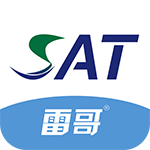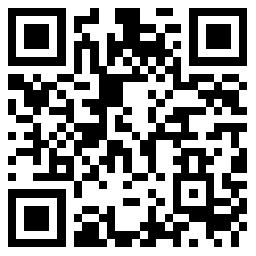雷哥考研 > 题库 > 2020年管理类联考11月公益模考英语(二)测试卷 > 阅读理解A
Text 1
Unlike our earth, the moon doesn't have tectonic plates. Instead, as the moon's interior has cooled over the last several hundred million years, it has caused the surface to wrinkle as it shrinks. Differing from the flexible skin of a grape when it shrinks into a raisin, the moon's brittle crust breaks. This creates stair-step cliffs called thrust faults as part of the crust is pushed up and over another close part of the crust.
There are now thousands of cliffs scattered across the moon's surface. The orbiter has taken photos of over 3,500 of them since 2009. In 1972, Apollo 17 astronauts Eugene Cernan and Harrison Schmitt had to ascend one of these cliffs by zig-zagging the lunar rover over it.Today the moon is 50 meters "skinnier" because of this process. And as it shrinks, the moon actively produces moonquakes along the faults. Researchers re-analyzed seismic data they gained from the moon to compare with the images gathered by the orbiter. The study of Apollo seismic data finds that the Apollo seismometers recorded the moon shrinking, the researchers said. And they believe the quakes are still occurring on the moon.
"Our analysis gives the first evidence that these faults are still active and likely producing so-called moonquakes" said Thomas Watters, senior scientist in the Center for Earth and Planetary Studies at the Smithsonian's National Air and Space Museum in Washington. "Some of these quakes can be fairly strong." Some of the quakes also happened during a point in the moon's orbit when it was farthest from Earth, indicating that the tidal stress of Earth's gravity could have contributed to stress on the moon's crust.
"For me, these findings emphasize that we should visit the moon again," said Schmerr, study author and assistant professor of geology at the University of Maryland. "We learned a lot from the Apollo missions, but they really only scratched the surface. With a larger network of modern seismometers, we could make huge strides in our understanding of the moon's geology. This provides some very promising low-hanging fruit for science on a future mission to the moon."
"Establishing a new network of seismometers on the lunar surface should be a priority for human exploration of the Moon, both to learn more about the Moon's interior and to determine how much of a hazard moonquakes present," said Renee Weber, a planetary seismologist at NASA's Marshall Space Flight Center, in a statement.
25. The best title for this passage could be ___________.
- 雷哥网解析
- 网友解析
25. 主题题
【答案】B
题干:适合本文的主题可能是_______.
A. the moonquakes月震
B. A shrinking moon一个收缩的月球
C. seismometer-network地震监测网
D. Apollo's contribution阿波罗的贡献
解析: 原文首段提出“Instead, as the moon's interior has cooled over the last several hundred million years, it has caused the surface to wrinkle as it shrinks.”;第二段有提到“Today the moon is 50 meters "skinnier" because of this process”;此外,第二段,第三段和第四段主要谈及地震的原因,这与月球收缩息息相关,因此可以确定本文的主题为:A shrinking moon更合适。
题目讨论 (0条评论)

提交
















 预约成功!
预约成功!
















